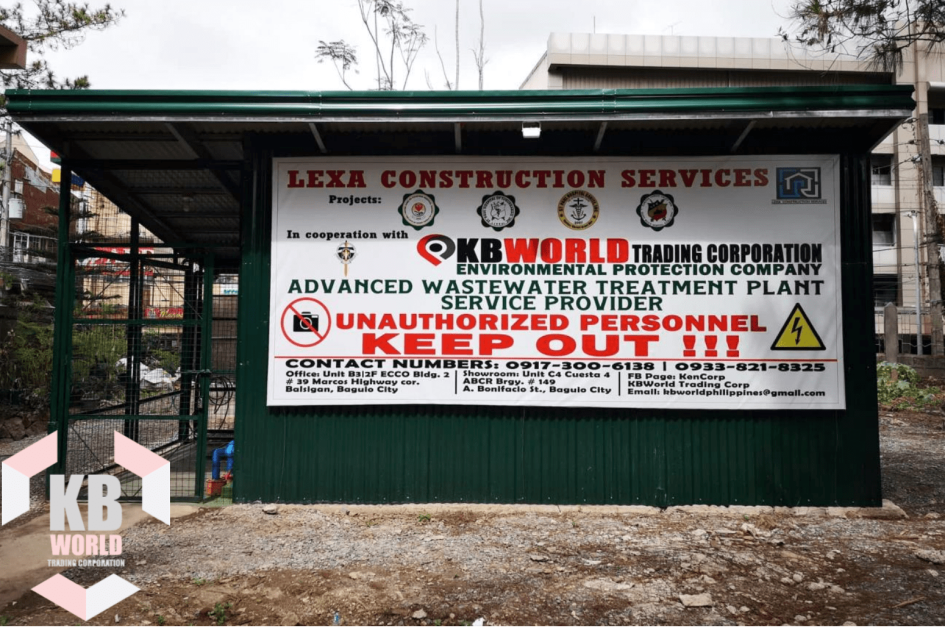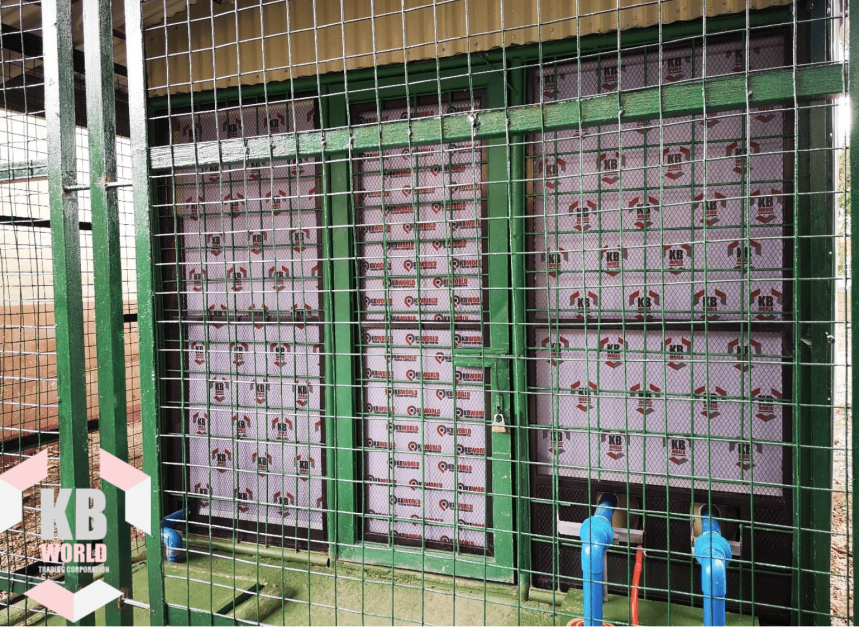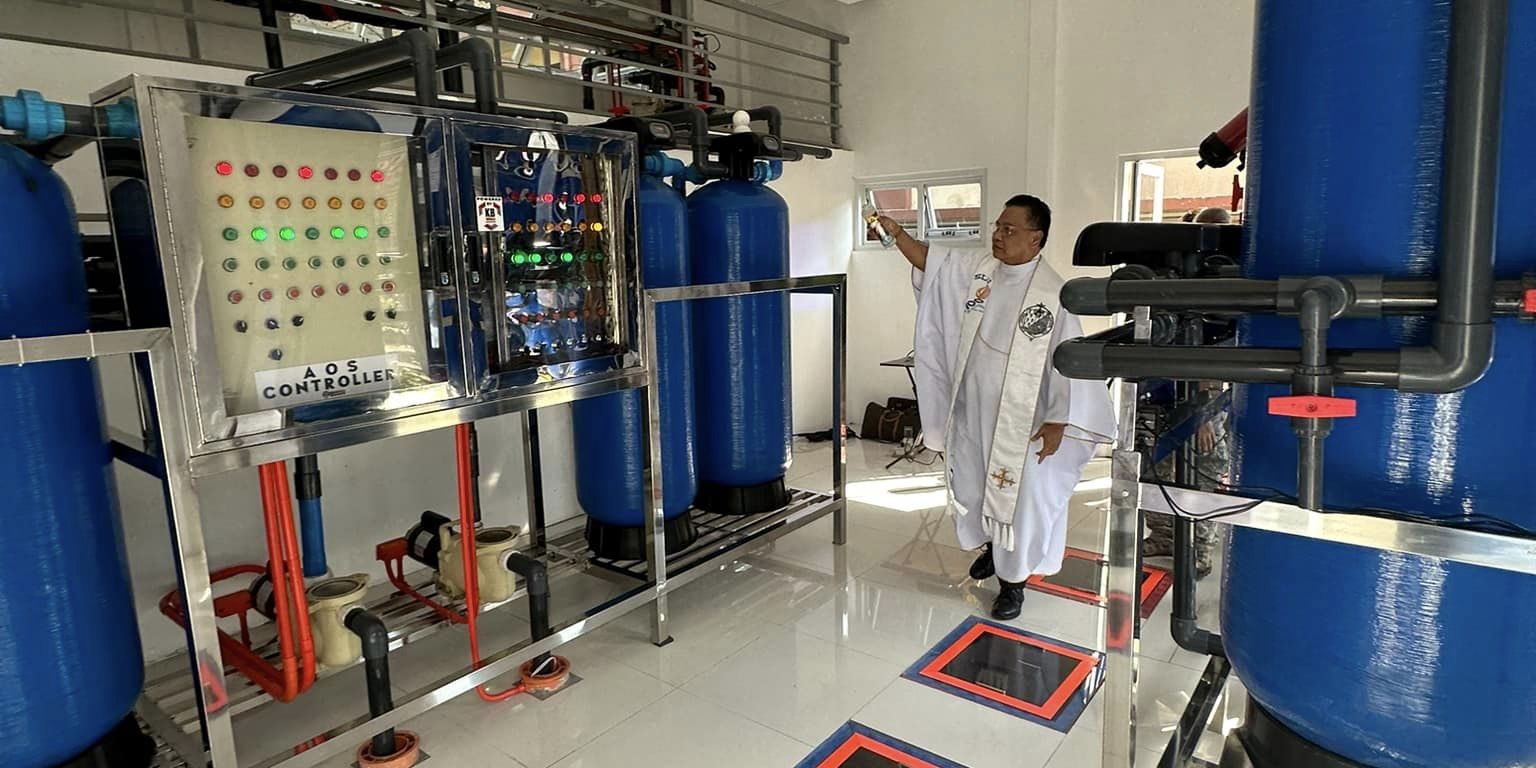The Saint Louis University Wastewater Treatment System in both the Main and Mary Heights campuses is upgraded to the latest and most innovative technology available in the industry today. The Wastewater Treatment System in the university campuses removes contaminants from sewage to produce an effluent suitable for discharge to the surrounding environment or an intended reuse application, thereby preventing water pollution from raw sewage discharges.
Saint Louis University commissioned and joined a partnership with KBWorld Trading Corp. and Hyper Kem and Machineries, Inc. in the attainment of the Wastewater Treatment System upgrade.
Sewage Treatment Plant Uses Advanced Wastewater Treatment System Specifications
The Sewage Treatment Plant (STP) using Advanced Wastewater Treatment System is the latest and most innovative technology available in the industry today. It is an excellent technology to meet the effluent standard set by the regulating agency.
Advanced wastewater treatment is done using a combination of Ozonation and Biofiltration processes to remove wastewater contaminants efficiently. Ozone is a colorless gas with an odor that is associated with the smell of the air after a spring electrical thunderstorm. Ozone is known to be the fastest, strongest, and most natural disinfectant and provides water, wastewater, and other treatments. It is 3000 times faster and 300 times stronger than chlorine. It also breaks down to oxygen when not utilized, preserves healthy water minerals, and has no consumables. Ozone is an unstable gas, so it must be manufactured on-site by passing air or oxygen through electrodes with high alternating potential differences.
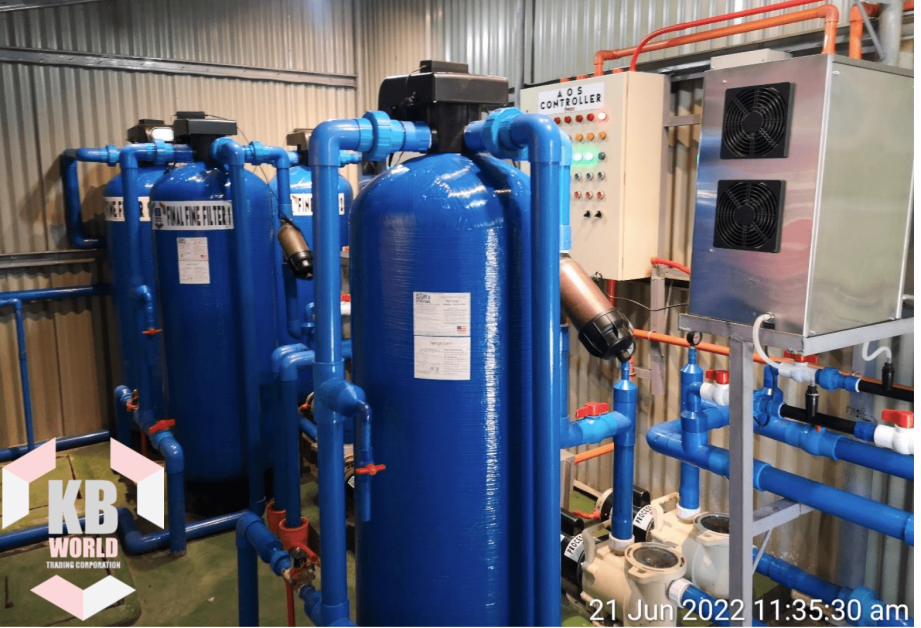

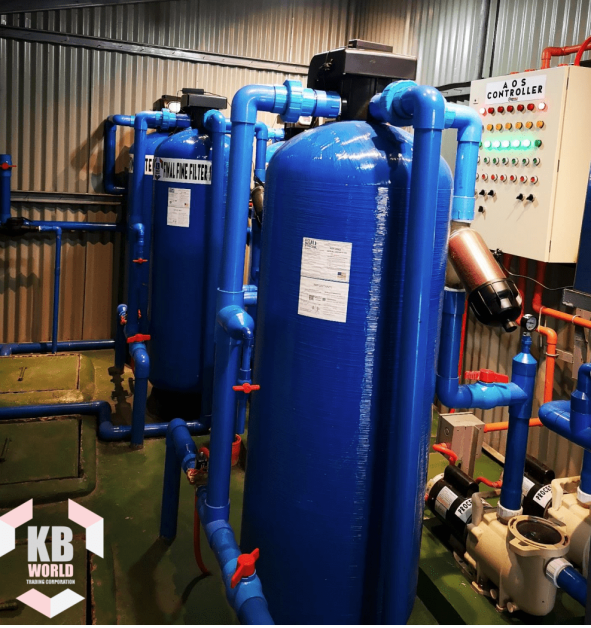
A Biofiltration System is used to reduce the level of suspended solids (turbidity) in incoming feed water. Suspended solids consist of small particles such as silt, clay, grit, organic matter, algae, and other microorganisms and to increase the efficiency of the system and achieved quality effluent.
